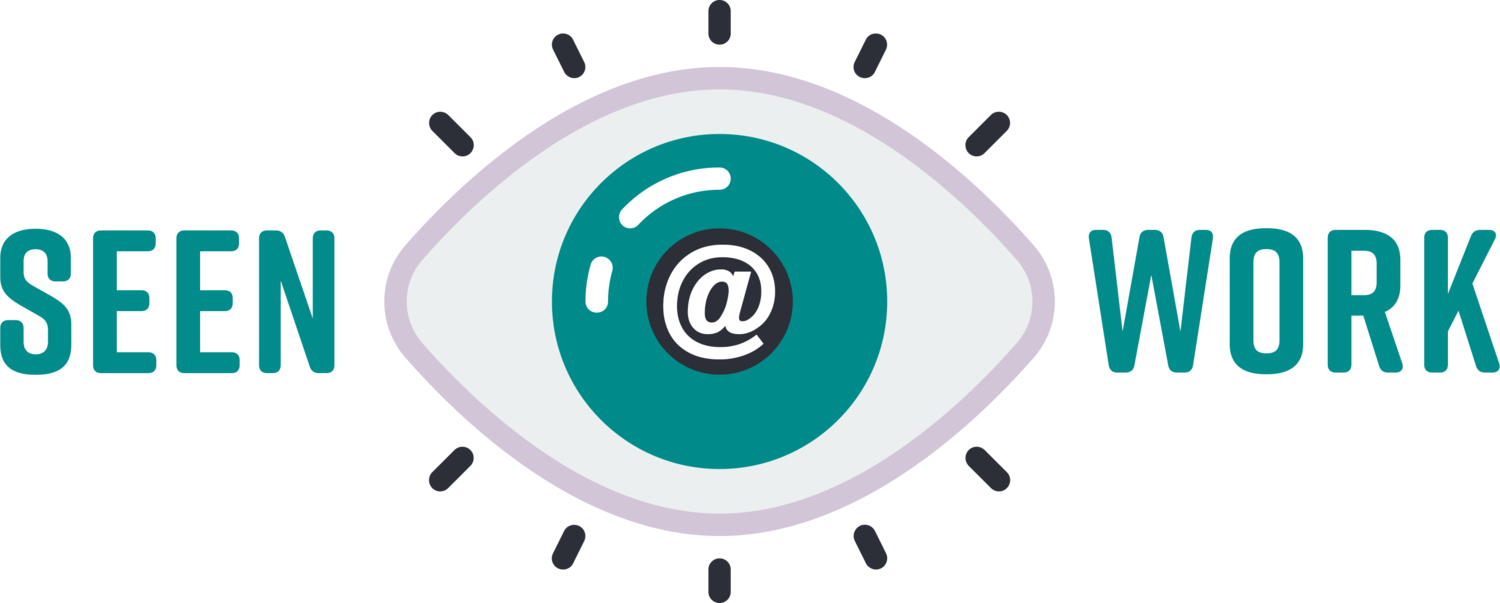Social Class and Inclusion in the Workplace: 3 Ways to Make Your Workplace More Class Inclusive
Social class is a conversation topic that is often considered taboo in office settings.
Yet, socioeconomic status can influence a number of daily happenings as they relate to physical and mental health, family life, education, and general social interactions. In fact, research tells us that the class conditions people grow up experiencing have a lasting impact on their personal and social identities. Research also tells us that this influences both the way people think and the way we feel about their social environment, in and out of the workplace.
A total of 97% of individuals from low-class backgrounds reported that their social class affected their work experience. Employers can’t escape such a staggering statistic. Those who exclude class from discussions about diversity and inclusion inevitably risk losing or alienating talented employees.
“Those who exclude class from discussions about diversity and inclusion inevitably risk losing or alienating talented employees.”
It can be awkward to talk about class, but given its impact on employee wellbeing and the prevalence of class discrimination in our society and in our workplaces, it must be part of the conversation.
So, how can we incorporate considerations about social class into our inclusion strategy? Here are three things that you can do right now to make your workplace more class inclusive:
1. Encourage shifts in language. Class-based bias can be present in the common phrases we use. Even if something is meant lightheartedly, it can be detrimental to a person’s sense of self if a phrase belittles or makes fun of an aspect of their identity. Here is a non-comprehensive list of words and phrases you can encourage your team to reconsider using:
White Trash/Trashy
Redneck/Hillbilly
Ghetto/projects
Low life
No class/low class/classy
“I’m so poor” or “I’m so broke” (in reference to not wanting to spend money that you do have)
“Wrong side of the tracks”
Build Community -
Retain and Engage Your Employees
Check out Seen@Work’s signature Circle Program.
Schedule a Consultation today.
2. Respect when people say no. While we all love a happy hour or a team dinner after work, not everyone has the luxury of having the extra time or money to socialize. After work, people may have to leave to pick up their kids, head to a different job, or they may just not have the disposable income to spend on team activities. In fact, those who identify as someone who has transitioned between classes often find themselves left out of workplace bonding activities and having to work extra hard to fit in.
As a leader who cares deeply about creating a class inclusive environment, either create opportunities that are low or no cost or create conditions that allow all people to feel that they can opt-out without judgement.
3. Evaluate your unconscious thoughts. Class discrimination, like other prejudices, can present unconsciously in how we perceive people or things based on the class system. Even though biases can be unconscious, they manifest in genuine harm and the best way to mitigate them is to become aware of them.
“Even though biases can be unconscious, they manifest in genuine harm and the best way to mitigate them is to become aware of them.”
Consider acknowledging to yourself every time you may make a assumption about someone based on the way the speak or dress, based on the what you may learn about their socioeconomic experiences or upbringing. Becoming more aware of your unconscious beliefs about class and encouraging your colleagues to do the same can help create an environment in which people of all socioeconomic backgrounds feel included and welcomed.
It’s increasingly important for companies to integrate class into the conversation if they want to be inclusive and desirable workplaces. We know that people leave jobs where they feel underappreciated and unwelcome. We also know class backgrounds affects who we are but doesn’t affect how well we can perform a job, and that distinction is important. By recognizing socioeconomic class and it’s subsequent effect within your workplace, you can further work to mitigate those biases and grow further towards true inclusivity.
Need to Train Your Employee Resource Group Leaders? Consider Bringing Seen@Work to Your Org.
Click the Image and Schedule a Consultation today.


